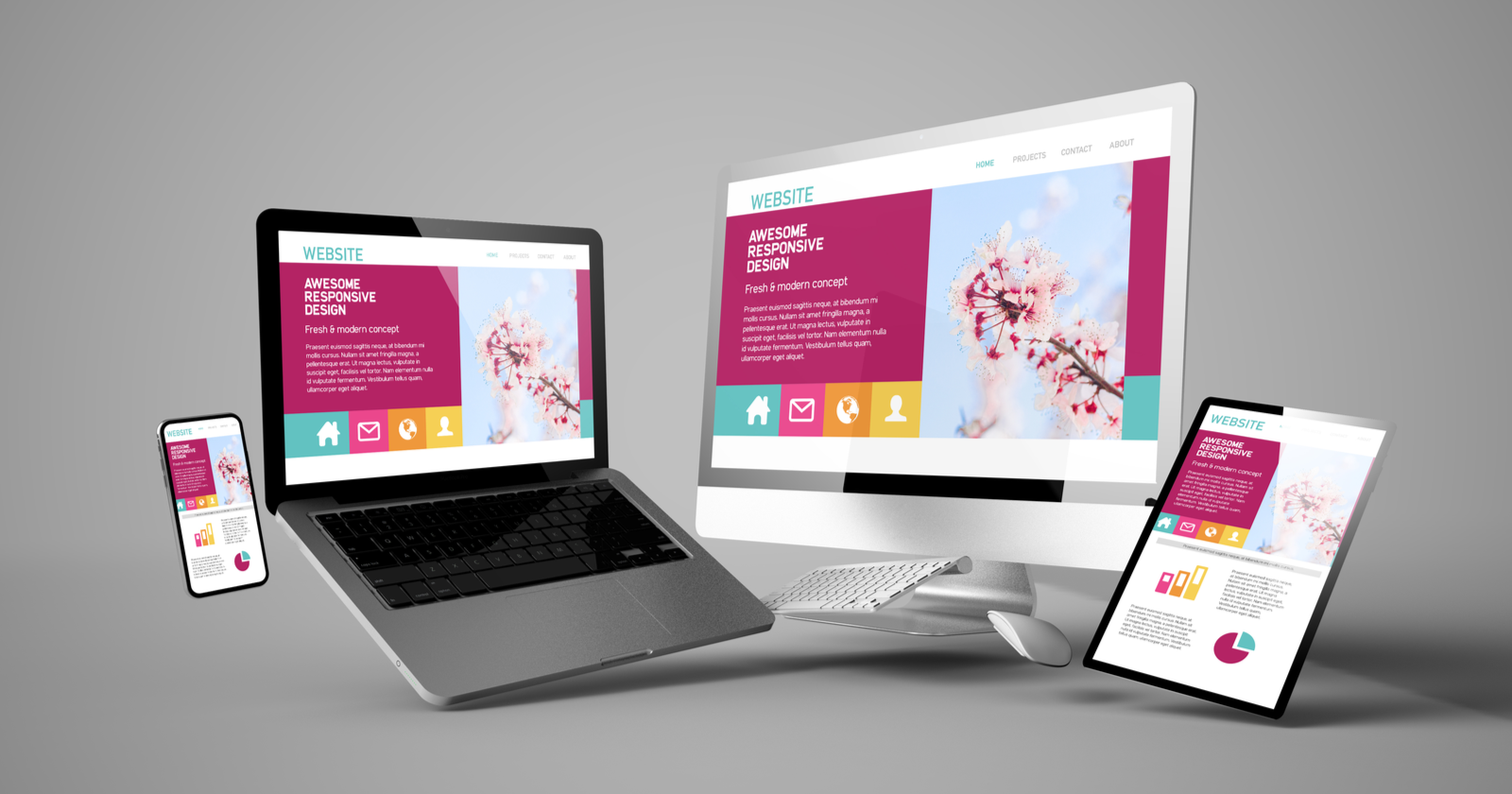A Comprehensive Guide to Best Practices in Web Design for Enhanced User Experience
In the realm of website design, understanding user needs is paramount for creating effective electronic experiences. A well-structured strategy that stresses responsive style, intuitive navigation, and a solid aesthetic power structure can substantially enhance customer interaction. In addition, optimizing web page lots rate is critical in conference and going beyond user assumptions. As we discover these ideal methods, it becomes obvious that each aspect plays a vital role in the overall customer experience. The concern continues to be: what certain techniques can be applied to make sure these principles are effortlessly integrated right into your design procedure?
Understanding Individual Demands
Comprehending customer needs is essential to reliable website design, as it straight affects user experience and interaction. A comprehensive understanding of target market permits designers to produce web sites that reverberate with users, promoting a feeling of link and satisfaction (Web design agency). To accomplish this, developers have to take part in user research study, using approaches such as studies, meetings, and usability testing. This data collection supplies understandings right into user preferences, behaviors, and pain points.

Importance of Responsive Design
Responsive design is essential in today's digital landscape, where users access websites across a myriad of devices with varying screen sizes. As mobile phone use proceeds to increase, making sure that a web site gives an optimum watching experience on smart devices, tablets, and desktop computers is crucial. A receptive layout adjusts the design and material based on the individual's tool, enabling for seamless navigating and readability.
Additionally, receptive style considerably impacts seo (SEO) Online search engine, such as Google, focus on mobile-friendly websites in their ranking algorithms. As a result, a responsive internet site can improve presence, bring about raised web traffic and customer interaction. In addition, a constant customer experience across gadgets builds brand trustworthiness and cultivates user commitment.
Moreover, applying responsive style can bring about reduced development and maintenance expenses. Rather of creating several variations of an internet site for various devices, a single receptive website streamlines updates and content administration. This effectiveness not just saves time however additionally ensures that users receive the most existing details regardless of how they access the site.
Simplifying Navigating
To achieve simplified navigation, internet designers must focus on a rational hierarchy of content. Using detailed labels for menu items can help customers recognize the objective of each area at a glimpse. Additionally, reducing the number of food selection things minimizes cognitive tons, allowing users to concentrate on one of the most essential aspects of the website.
Incorporating a search feature is also valuable, as it supplies customers with a straight course to particular web content. Ultimately, simplified navigating not only boosts user fulfillment but additionally adds to achieving more comprehensive business goals by boosting conversion prices and reducing bounce rates.
Enhancing Aesthetic Power Structure
How can developers develop an aesthetic pecking order that guides users through web content perfectly? The solution hinges on the critical use of style aspects that route focus and facilitate comprehension - Web design agency. Establishing a clear visual pecking order begins with the efficient application of dimension, color, and contrast. Larger aspects naturally attract the eye, making them perfect for headlines and vital messages. Integrating a regular color scheme can even more enhance emphasis, as different colors highlight important information while keeping a cohesive aesthetic.
Moreover, making use of whitespace is vital in developing breathing space around content. This not just stops basics frustrating the individual however also highlights vital components, making them stand apart. Typography likewise plays a substantial function; employing differing typeface weights and styles can separate in between key and additional details efficiently.
Along with these strategies, aesthetic cues such as arrowheads or icons can lead users with the interface, reinforcing the designated flow of info. By thoughtfully integrating these elements, developers can create an engaging visual hierarchy that improves user experience, making certain that essential material is conveniently available and recognized. This cautious orchestration of layout aspects inevitably promotes an extra intuitive interaction with the internet site.
Optimizing Web Page Load Speed
In the busy digital landscape, enhancing web page tons rate has ended up being a crucial consider user contentment and retention. Research indicates that customers expect web pages to fill within two seconds; any type of hold-up yet threshold can cause raised bounce rates and reduced conversion possibilities.
To boost load speed, begin by decreasing HTTP requests, as each request contributes to the filling time. Make use of techniques such as CSS sprites to integrate several photos right into one, reducing the number of demands. In addition, optimizing pictures with compression and the usage of have a peek at this site modern-day layouts like WebP can considerably reduce documents dimensions without endangering quality.
Executing browser caching additionally plays a crucial function in improving web page speed. By storing regularly accessed data in your area on a customer's device, succeeding visits can fill practically instantaneously. Furthermore, consider leveraging Web content Shipment Networks (CDNs) to disperse content closer to customers, lessening latency.
Conclusion
To conclude, efficient website design focuses on individual needs with precise study, promoting instinctive and responsive user interfaces. By simplifying navigation, boosting visual power structure, and optimizing web page lots speed, developers produce interesting and user-friendly web sites. Sticking to these finest techniques not only enhances customer fulfillment but likewise grows commitment and increases general involvement. Ultimately, a commitment to these principles is crucial for developing successful electronic experiences that fulfill the evolving expectations of individuals in an affordable online landscape.